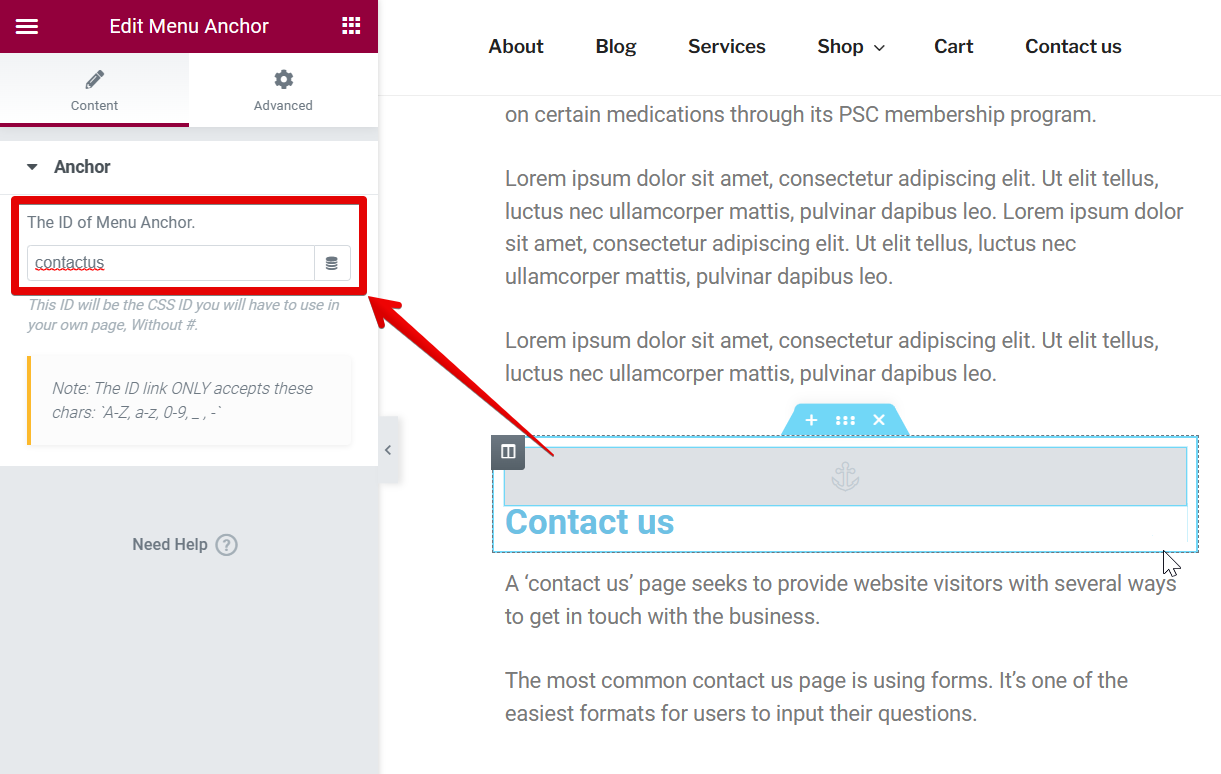When working with Elementor, it can be difficult to scroll to a specific part of the interface. This is especially true if the interface is wide and you want to scroll to a specific section. To scroll to a specific section in Elementor, we will need to link an object to the section using an anchor link. To get started, follow these steps:
1. Go to the first point of contact which is the object to be linked to the section. In this case, we will be using a button on the same page. Click on the button and add your preferred link in the “Link” section of the settings on the left menu. The link should have the format, #anchorname.
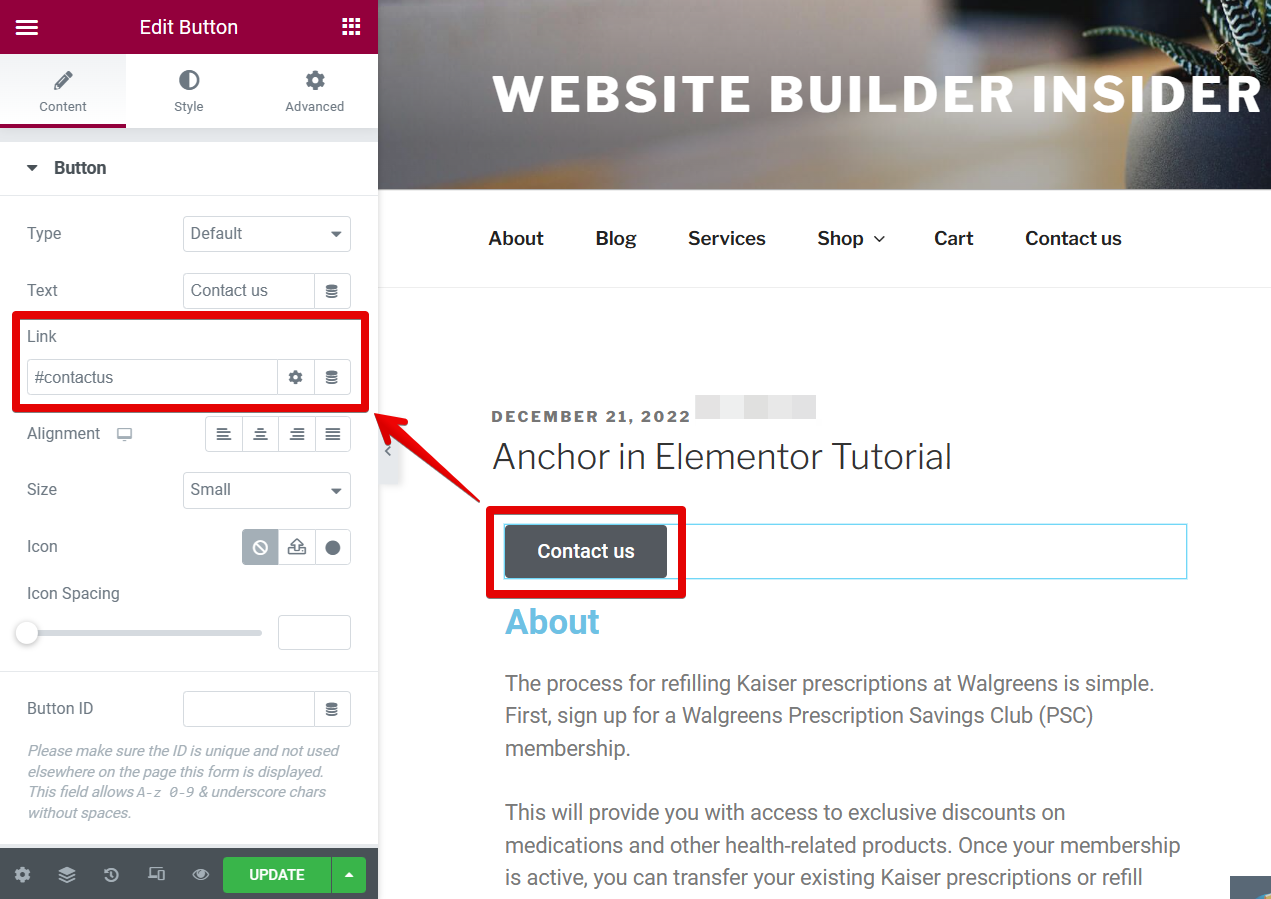
2. Add an anchor link. To do this, select the “Menu Anchor” widget in the Elementor window and drag it above the content that you want to link to the button.
NOTE: This will allow you to scroll to that specific section whenever you click on the linked object button.
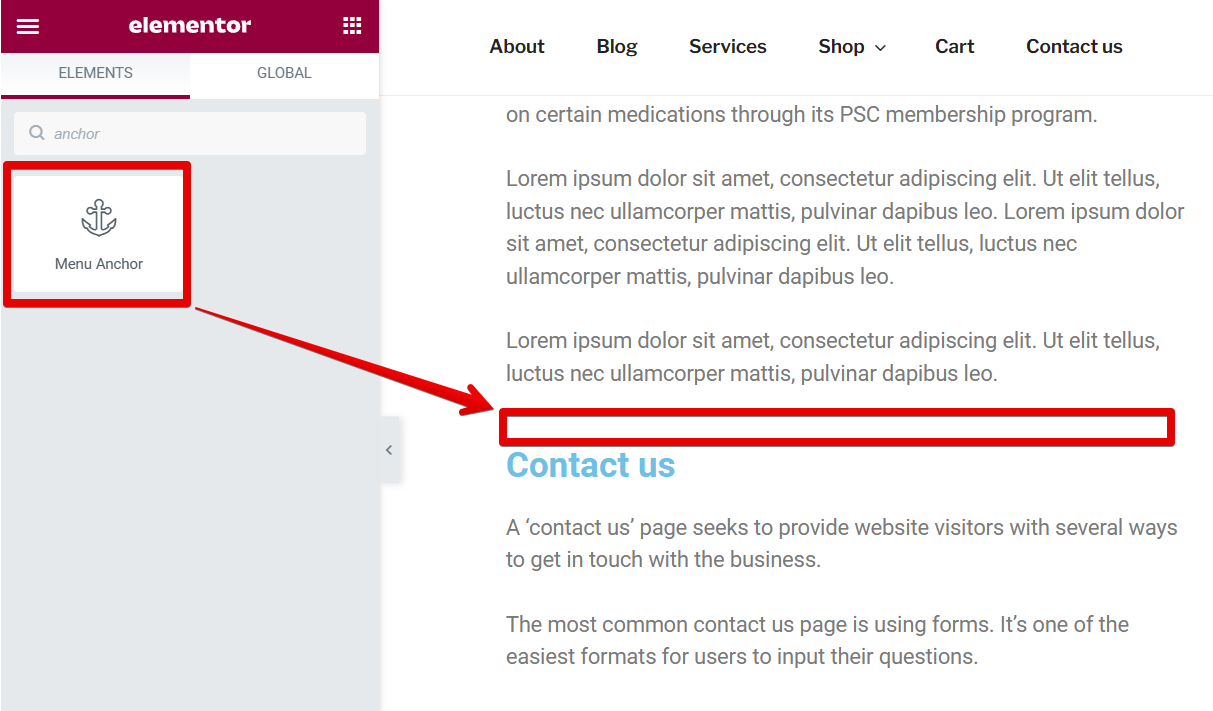
3. Input the anchor name created earlier in the “ID of the Menu Anchor” section. This is found in the Anchor settings of the Elementor window.
NOTE: Take note that this is just the button link format without the “#” sign.
PRO TIP: If you are using the Elementor page builder plugin for WordPress, beware of a potential issue when scrolling to sections on your pages. If you have created anchor links to jump to specific sections on a page, and are using the “smooth scroll” option in the Elementor settings, you may find that the scrolling does not work properly on some browsers. The issue seems to be related to the way that Elementor’s smooth scroll script is initialized, and can be fixed by adding a few lines of code to your WordPress theme.
4. Save your changes. To do this, click on the “Update” button below.
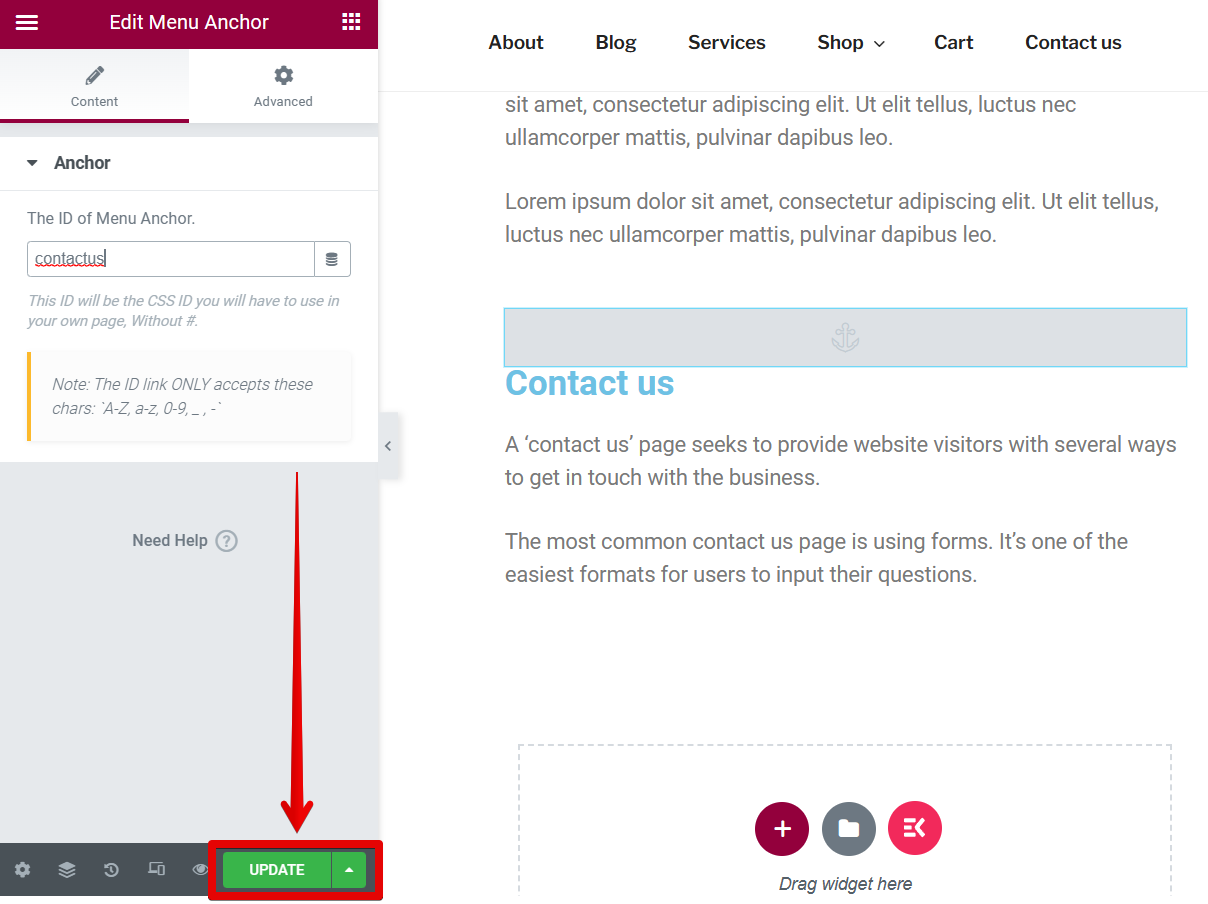
5. Preview your changes. You can do this by clicking on the “eye” icon beside the “Update” button. You should now be able to scroll to a specific section on a page by clicking on the linked button.
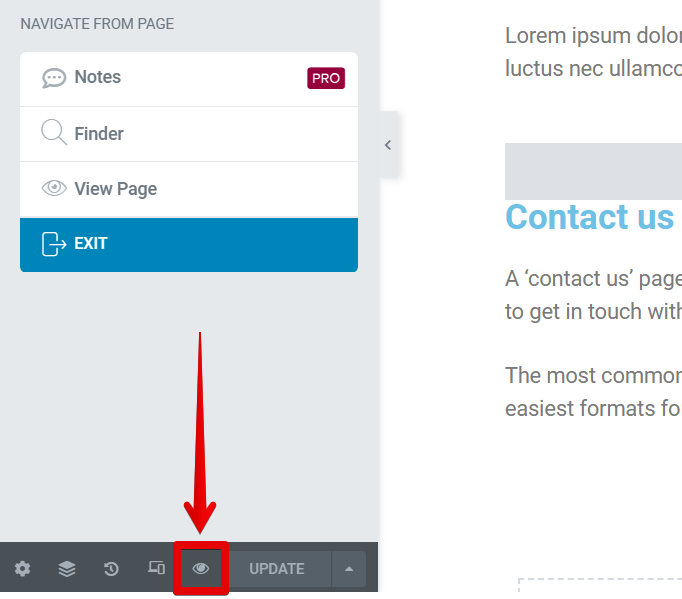
9 Related Question Answers Found
An Elementor can be a powerful tool for creating and managing content, but it can be difficult to change the section structure. Here are some tips to help you adjust the layout:
1. Use the “Section” tab to control the layout.
2.
Adding a new section to Elementor can be done in a few simple steps. First, open your Elementor project. From the main menu, choose “Section .”.
There are a few ways to duplicate a section in Elementor. The simplest way is to select the section you want to duplicate and click the duplicate button. Elementor will create a copy of the section with the same name and location. .
If you are having trouble editing a section in Elementor, there are a few things you can do to try and fix the issue. First, make sure you have the right version of Elementor installed. If you are using the free version of Elementor, you will need to upgrade to the premium version in order to have access to additional editing features.
When creating a link to a specific part of a page, Elementor offers a few different methods. One way is to use the anchor tags. For example, if you want to link to the “About” section of a page, you could use the following anchor tag:
About
Alternatively, you can use the page’s title as the link’s text.
Copy a Section in Elementor
If you need to copy a section of text from one document to another, Elementor offers a variety of ways to do so. You can use the “Copy” menu option, or drag and drop the section from one document to the other. You can also use the “Copy As” option to copy text as a text block, or as a selection.
Adding a calendar to your Elementor project is easy. Just follow these steps:
1. Click on the “Calendar” button on the toolbar.
2.
Adding Recent Posts to Elementor Homepage
Adding recent posts to Elementor homepage is very easy. You just need to follow a few simple steps. First, open the Elementor homepage and click on the “Posts” button on the top left corner.
Adding a favicon to your Elementor site is easy. To do so, follow these steps:
1. In your Elementor site, click on the “Settings” tab.
2.


